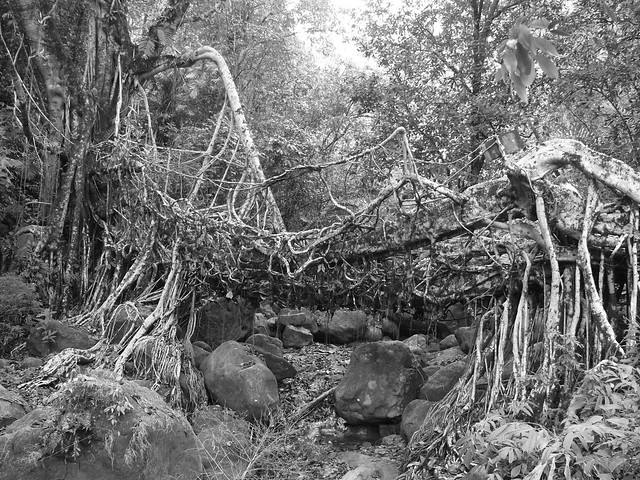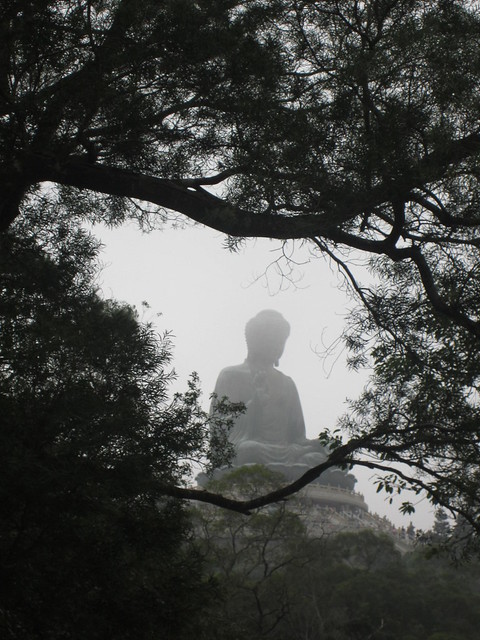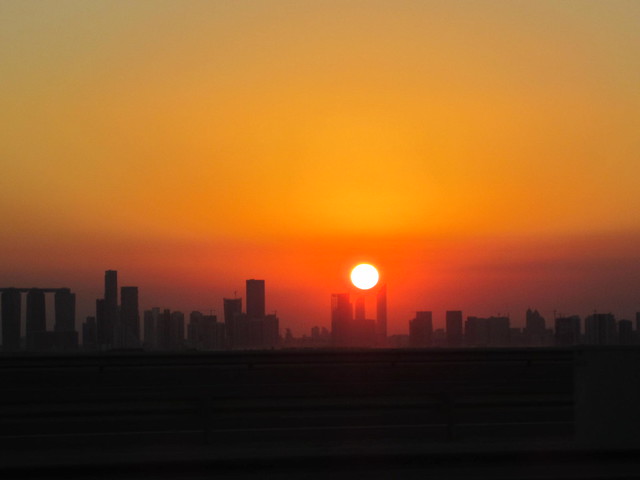One of the things that mom and I both agreed upon for our visit to South Korea is that we wanted to take a trip to the DMZ, the demilitarized zone along the border of North and South Korea. The only way that you can do that is to book a tour through one of the many companies that goes to pretty much the same stops. We ended up doing a full day joint to the DMZ and the JSA. One of the selling points of the company we used was that a North Korean defector spent the day with us and we could ask questions to gain a better understanding of what life there was like, why people try to get out, and what it takes to actually get out.
Our day started in the DMZ, with a trip down the third tunnel. Called this because it is the third tunnel that South Korea discovered. Discovered? Yes, North Korea had dug (at least) four tunnels under the entire buffer zone along the demarkation line that would allow them to come up well within the South Korean half. As you can imagine the discovery of these tunnels threw South Korea into an uproar. Today the third tunnel is more of a tourist attraction. We got on a "tram" (think seats like a low key rollercoaster) to go down and down. Then we were able to walk down to the first of three barriers that block the demarkation line, and peer through a small window to the second barrier. While an attack from North Korea does not seem likely to come this way anymore, there is still plenty of defence of this possible point of entry.
 |
| View into North Korea from Dorasan Observatory |
The highlight of the day though had to be a visit to Panmunjom, the site of the Joint Security Area (JSA) along the border. There we were instructed to leave everything except for a camera behind and were joined by an armed guard to visit the famous blue conference room. In the JSA, the demarkation line separating North and South Korea is a clear concrete divide. Guards from South Korea stood partially shielded behind buildings eyes firmly fixed on the North.
We were given about ten minutes in the conference room where the armistice was signed. Yes, technically, I crossed over to North Korea on that day. We were well warned not to attempt to exit the door on the far side of the building, however pictures were encouraged! So of course we had to take a few. Proof that we were actually in North Korea....by about 5 feet.
We used Panmunjom Tour Company and were pleased with our day.

















































